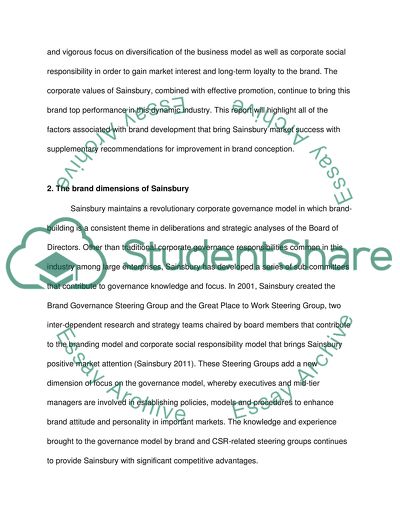Cite this document
(“The superior brand strength of Sainsburys Essay”, n.d.)
Retrieved from https://studentshare.org/marketing/1462605-the-superior-brand-strength-of-sainsburys
Retrieved from https://studentshare.org/marketing/1462605-the-superior-brand-strength-of-sainsburys
(The Superior Brand Strength of Sainsburys Essay)
https://studentshare.org/marketing/1462605-the-superior-brand-strength-of-sainsburys.
https://studentshare.org/marketing/1462605-the-superior-brand-strength-of-sainsburys.
“The Superior Brand Strength of Sainsburys Essay”, n.d. https://studentshare.org/marketing/1462605-the-superior-brand-strength-of-sainsburys.


